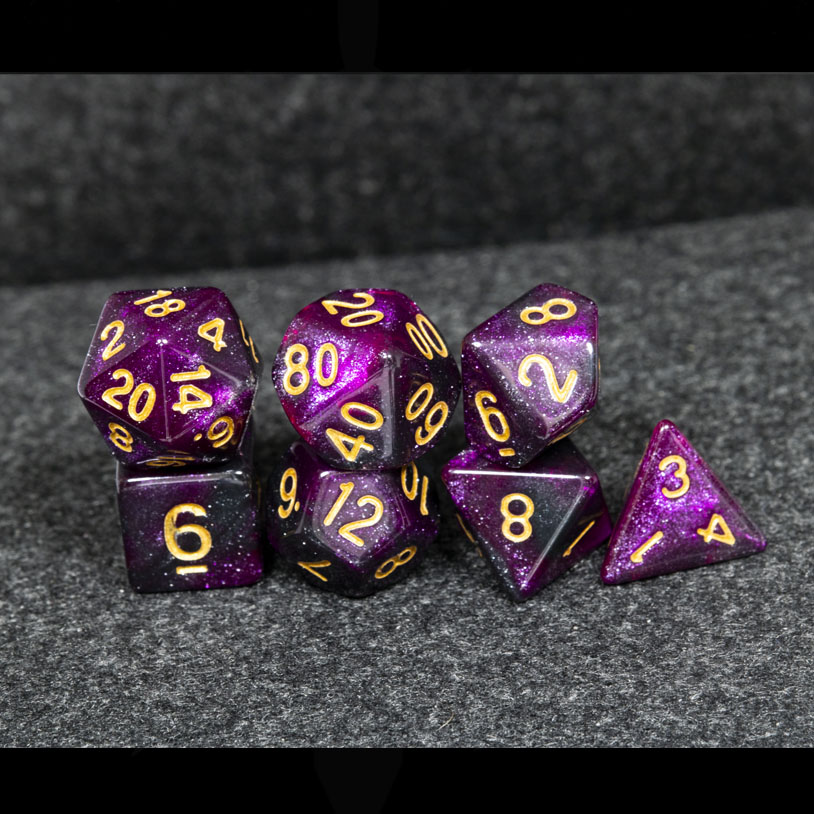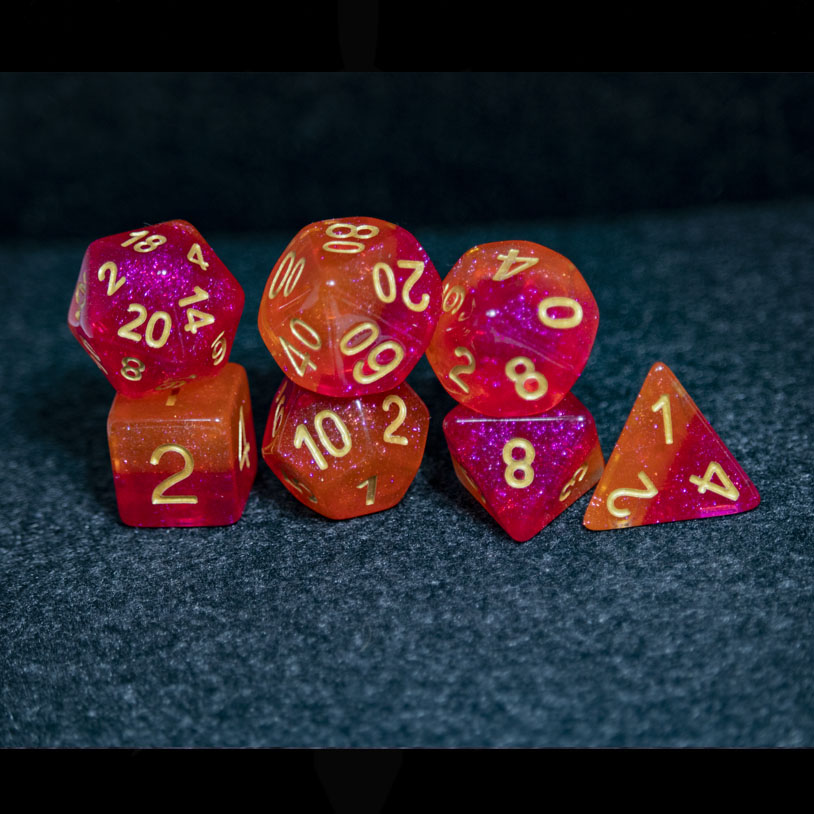Spellcasting in Dungeons & Dragons 5e
Dungeons & Dragons is undoubtedly filled with magic, bringing people from every background to enjoy together a positive and creative outlet. Going on fantastic adventures, making friends and memories, and of course, battling creatures and monsters. Put aside typical hack and slash classes, Dice Domain is going to focus on the power of spellcasters and the basis of spells and the attributes that go with it. Knowing the differences between cantrips and spells, understanding the components of Verbal, Somatic, and Materials, while creating magic and memories within future and current campaigns. Dice Domain has curated the information needed to succeed with your Spellcasting character in your long and fantastic journeys.
Spells are versatile tools that have a discrete magical effect. Spells can provide protection, deal damage, or undo it. They can also be as powerful as to drain energy away or even restore life to the dead. Many spells have been created and many are long forgotten, but they can be found hidden in ruins and tombs or in the most unknown places.
Within the world is spellcasting, you may instantly think of pop culture wizards like in Lord of the Rings or Harry Potter. But there is more to spell casting than meets the eye and are available to classes other than the Wizards. In 5e, there are full-caster classes which are the Bard, Cleric, Druid, Sorcerer, Warlock, and Wizard. These classes get access to all 9 levels of spells. Then there are half-casters like the paladin and ranger. These classes only get access to 5 levels of spells. And then some casters are quite limited like the rogue’s arcane tricksters build or the fighter’s eldritch knight’s build that has access to 4 levels of spells. Regardless of the class that is chosen, spellcasting has many
Casting a spell at will is considered a cantrip. There are no spell slots needed and it does not need to be prepared in advance to be used. Cantrips are viewed as training spells, those that learned these spells can use them as many times as they would like without penalty as long as they meet the requirements. Some cantrips seem minor compared to spells but can be quite useful depending on the situation. One of the Cantrip transmutations that a spellcaster can utilize is called Mending. With Mending, you can repair two broken pieces, no larger than 1 foot, back together. This can be useful for repairing broken arrows. There can also be situations like sealing items, gold pieces, or important letters inside solid objects to be hidden while on a journey. Although this cantrip may not seem entirely useful outside of particular situations, it can be fun and creative to use as well as helpful.
Spells are quite a bit different than cantrips. Spells are more complex, and spellcasters need to prepare the spell with any requirements needed. Spells also take a spell slot, which refers to how many spells one can cast. If the spellcaster utilizes all the spell slots, then a long rest will be needed. Take a level 1 Wizard, for example, which obtains three cantrip spells and two Level 1 spell slots as well as six Level 1 spell for their spellbook. At Level 3, the Wizard can obtain two more spells from the Wizard list of spells which can be Level 1 or 2. The Wizard gets additional cantrips at Levels 4 and 10. Several spells can be prepared after rest which is equal to INT mod and Wizard Level. With 2 spell slots at Level 1, the Wizard can use two spells before taking a rest.
Both cantrips and spells are attributed by their casting time, classes, components, damage and damage type, duration, range, school, spell attack, and target. These attributes are important to how both spells and cantrips function and work.
When casting a spell at a higher level, if the spell slot is a higher level than the spell, then the spell will be affected at a high level of that casting. This also will cause the spell to expand within the spell slot. Take, for instance, Magic Missile an incredibly popular spell known throughout the fantasy world. Magic Missile creates three magical glowing darts that can hit creatures that are visible within range. Each of the darts strikes simultaneously at a creature or several of choice. Each dart deals 1d4+1 force damage to its target. When Magic Missile is cast at a higher level using a spell slot of 2nd Level or higher, the spell creates one more dart for each slot above 1st.
The components of a spell are very particular to how it can be cast. These are the physical requirements needed to cast the spell through Verbal, Somatic, and Material components. If a spellcaster does not meet these requirements, the casting of the spell cannot be completed.
Chanting spells and the sound of pitches of the spell create the verbal component. If the spellcaster cannot speak or their mouths are covered, then the verbal component cannot come into play. Hand gestures are used for somatic spells, with at least one hand needed to be free.
Casting some spells will require certain objects due to the material components. Some characters will have a component pouch or a spellcasting focus in place of a component. A spellcaster must have a free hand to access the spell’s material components, but it can be the same hand used for somatic components.
As an example, the Mending cantrip is VSM as it uses verbal, somatic, and 2 lodestone materials to be used. Another example is the cantrip conjuration, Acid Splash. Hurling a bubble of acid at one creature in the range of 60 feet, or two creatures within range of 60 feet but 5 feet from each other. The components are VS and the spell’s damage increases by 1d6 at the 5th, 11th, and 17th levels.
The School of Magic is the eight categories that the academy groups to help describe spells. Those categories are Abjuration, Conjuration, Divination, Enchantment, Evocation, Illusion, Necromancy, and Transmutation. Scholars, like the Wizards, apply these categories to spells with the belief that all magic stems from the same space whether it’s from the same diety or by meticulous studying.
Although Spellcasting can be quite intimidating for beginners with the amount of information and knowledge needed, it can be quite an enjoyable role to play. There is quite an amount of versatile gameplay with spellcasters than typical melee characters. Being creative with offensive spells and non-combat spells, like conjuring animals, resurrection, teleportation, and many other spells to truly create fantastic gameplay with the campaign. So study up and prepare yourself for a boundless enchanting time as a spellcaster.
About author
About Author
Brandy Kisling
A Pixie by day and a Goblin by night, Brandy has always been adventuring in magical fantasy worlds for as long and she can remember. From playing Dungeons & Dragons with her family throughout her childhood, (Her first character was Jimmy the Halfling Rogue -which her Fantasy name-game got much stronger throughout time, she swears,) to diving into MMORPGs and JRPGs, her devotion for fantasy and gaming turned into a passion for writing and storytelling! When she's not writing or gaming, she can be seen sipping her vegan chai latte and browsing the manga section at the bookstore!
Other posts by Brandy Kisling




Add comment
You must be logged in to post a comment.